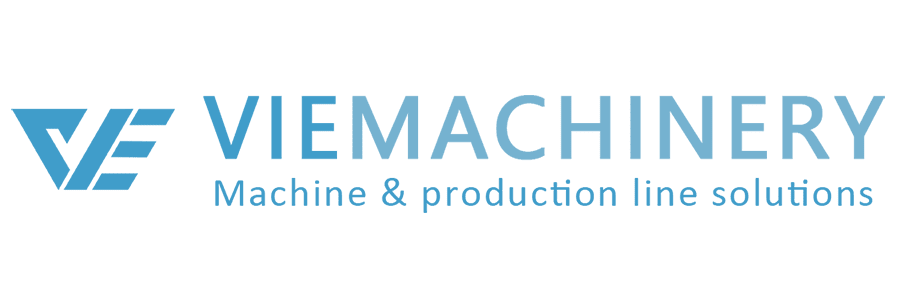Web inspection systems are crucial for the manufacturing industry, especially when it comes to detecting defects in continuous materials like paper, films, laminates, and non-wovens. Utilizing high-speed cameras and advanced scanning technologies, these systems offer real-time detection and monitoring, ensuring high-quality output and optimizing production processes. This article delves into the functionalities, benefits, and various examples of web inspection systems, offering actionable insights for manufacturers.
Understanding Web Inspection Systems
Web inspection systems are designed to monitor continuous materials during production, detecting defects such as holes, streaks, and contaminations. These systems use high-speed cameras and sophisticated software algorithms to analyze the materials in real-time, providing immediate feedback and allowing for prompt corrective actions.
Key Technologies in Web Inspection Systems
Advanced camera and scanning technologies form the backbone of modern web inspection systems. For example, the basic Web Inspection System utilizes high-speed cameras to continuously detect defects in paper.
Benefits of Line Scanning Technology
Line scanning technology, as highlighted by Teledyne Vision Solutions, offers significant advantages in web inspection systems. This technology provides unlimited pixels and zero smear at high speeds, ensuring detailed and accurate defect detection even in fast-moving production lines. The line scan cameras by Teledyne are a prime example of how this technology can enhance inspection processes.
Specialized Industrial Cameras
JAI is another notable provider, offering specialized industrial cameras for web and surface inspection. Their 3-CMOS prism-based color line scan cameras deliver high-resolution images, enabling the detection of even the smallest defects. These cameras are particularly useful in industries where color differentiation is critical, such as in film and laminate production.
Practical Examples and Case Studies
Implementing web inspection systems can dramatically improve production quality and efficiency. For instance, a case study from a paper mill using the Procemex system demonstrated a significant reduction in waste and enhanced product quality. Similarly, a film manufacturer reported improved defect detection and reduced downtime after integrating the OCS Web Inspection System FSP600 into their production line.
Optimizing Production Processes
By integrating web inspection systems, manufacturers can optimize their production processes. These systems provide real-time data and analytics, allowing for quick adjustments and continuous improvement. For example, the integration of Teledyne’s line scan cameras in a packaging plant led to a 20% increase in throughput and a notable decrease in defect-related rejections.
Reducing Costs
The cost benefits of web inspection systems are substantial. By detecting defects early in the production process, manufacturers can reduce material waste and avoid costly rework. This not only saves money but also improves overall production efficiency. The use of JAI’s specialized cameras in a non-woven fabric plant, for example, resulted in a 15% reduction in material costs and a 10% increase in production speed.
Integrating Web Inspection Systems
Integrating web inspection systems into existing production lines can be seamless with the right approach. Manufacturers should consider the specific needs of their production processes and select systems that offer easy integration and scalability. Detailed technical guides and support from providers like Procemex and OCS can facilitate this process.
Technical Guides and Support
Providers often offer comprehensive technical guides and support to help manufacturers integrate inspection systems. These guides cover everything from initial setup to ongoing maintenance, ensuring that the systems operate efficiently and effectively. For instance, Procemex provides detailed integration guides for their paper web inspection systems, helping manufacturers achieve seamless integration.
FAQ
What are web inspection systems?
Web inspection systems are technologies used to monitor continuous materials during production, detecting defects in real-time using high-speed cameras and advanced scanning technologies.
How do web inspection systems benefit manufacturers?
These systems improve product quality, reduce material waste, and enhance production efficiency by providing real-time defect detection and data analytics.
What industries use web inspection systems?
Industries such as paper, film, laminate, and non-woven manufacturing commonly use web inspection systems to ensure high-quality output and optimize production processes.
Can web inspection systems be integrated into existing production lines?
Yes, most web inspection systems are designed for easy integration with existing production lines. Providers offer detailed technical guides and support to facilitate this process.
What technologies are used in web inspection systems?
High-speed cameras, line scanning technology, and sophisticated software algorithms are key components of modern web inspection systems.
Conclusion
Web inspection systems play a vital role in ensuring the quality and efficiency of manufacturing processes for continuous materials. By utilizing advanced camera and scanning technologies, these systems provide real-time defect detection and monitoring, helping manufacturers optimize their production lines and reduce costs. With the right integration and support, web inspection systems can significantly enhance production quality and operational efficiency.
For more detailed comparisons and technical information, manufacturers can explore resources from providers like Vision Solutions.

